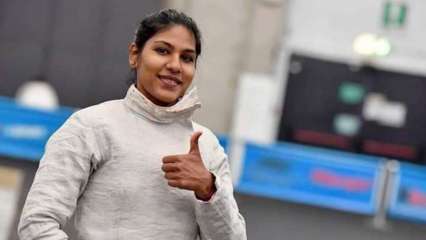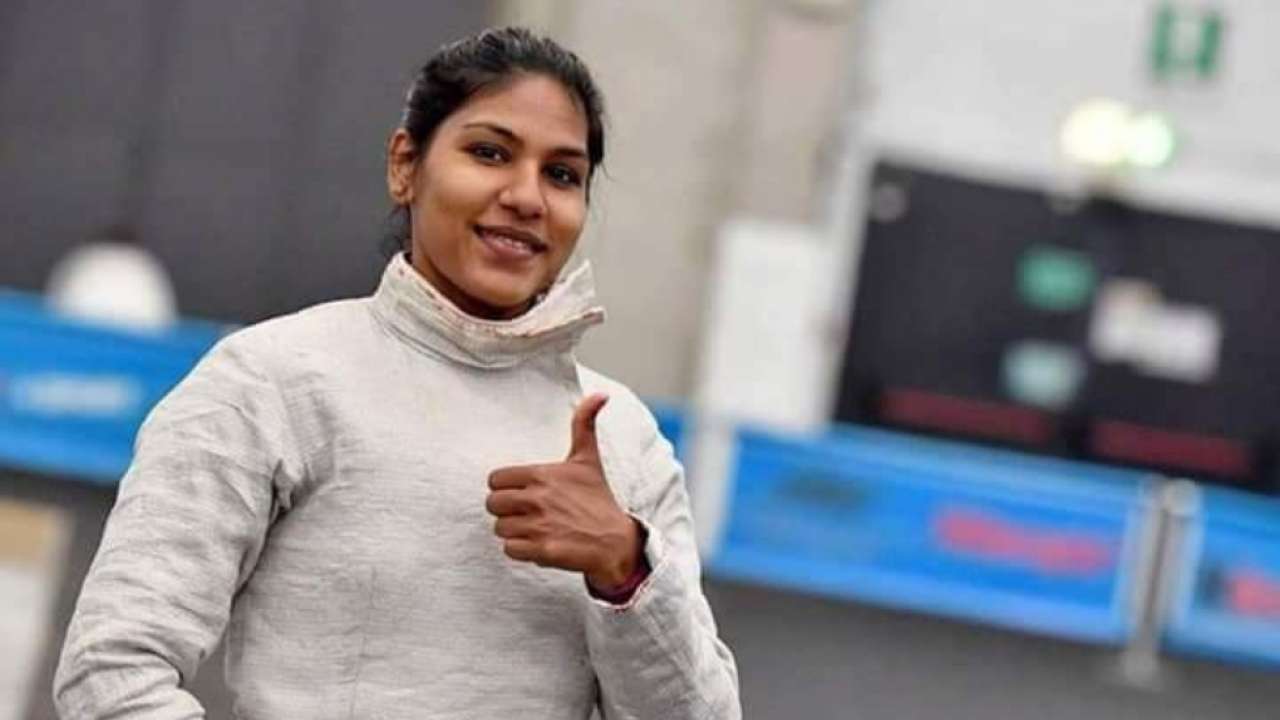[ad_1]

India’s international sabre fencer Bhavani Devi has qualified for the Tokyo Olympics starting July 23 by virtue of improving her world ranking to 42, confirmed by the Fencing Association of India.
The 27-year-old from Chennai is the first Indian fencer ever to make the cut for the Olympics. She qualified for the Games at the Budapest World Cup, an Olympic qualifying competition, on Sunday.
Congratulations to Indian fencer Bhavani Devi who has qualified for Tokyo Olympics! She has become the 1st ever Indian fencer to achieve the feat. My best wished to @IamBhavaniDevi pic.twitter.com/NFGJzuB4Dx
— Kiren Rijiju (@KirenRijiju) March 14, 2021
“There were two Olympics quota places in the Asia Oceania group. A Japanese fencer was the first while Bhavani was second,” Bashir Ahmed Khan, secretary-general of Fencing Association of India, told IANS.
The Indian fencer was training in Italy in November to prepare for the first major global competition in Budapest, said Khan.
“She had reached Budapest on March 9 and had to follow strict quarantine rules. Due to Covid-19, the Hungarian border was closed. The athletes were allowed to travel for the World Cup, but had to follow a strict protocol to avoid the spread of the virus,” he added.
In the 2019 World Championship, Bhavani had advanced to the quarter-finals which improved her world ranking of 44 points.
So what is fencing?
Fencing is the recreational sport of swordplay and is related to combat sports. Competitive fencing is one of the five activities which have been featured in every modern Olympic Games, the other four being athletics, cycling, swimming, and gymnastics. Fencing was one of the first sports to be played in the Olympics.
Fencers learn to hone their strategies against opponents of varying skill levels and build up physical endurance, agility, and accuracy.
There are three forms of modern fencing, each of which uses a different kind of weapon and has different rules; thus the sport itself is divided into three competitive scenes: foil, épée, and sabre.
Conduct of play:
A fencing bout takes place on what is called a “strip” or “piste”, about 14 meters long and 2 meters wide. Two fencers’ weapons are each wired by a cord through their sleeve to an electric scoring machine paired with their opponent.
They wear a metallic garment called a lamé (except in the case that epeéists, who do not wear a lamé. They test by touching the point to the guard of their opponent’s weapon).
They stand at their starting lines 4 meters apart, salute the opponent, put on their mask, and get in the en garde position, facing their opponent. The referee then calls the beginning of the bout. Fencers remain facing the direction of their opponent and are not to leave the strip during the bout.
Points system:
The referee halts play when an action is completed and determines each time which fencer won a touch until a winner is determined.
In regular/preliminary competition between two fencers, the bout continues until one fencer has scored five touches. In the direct elimination (DE) round of a tournament, it can go to 15 points.
When the bout is over, both fencers return to their starting lines, remove their masks, salute each other, and approach to shake hands.
[ad_2]
